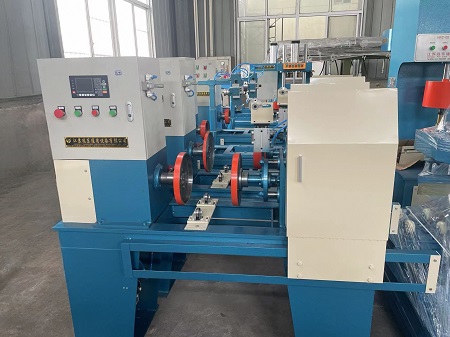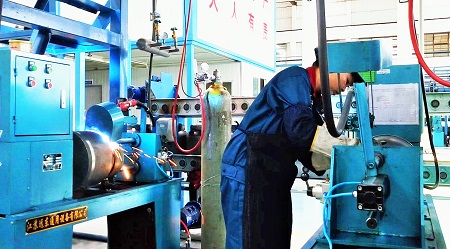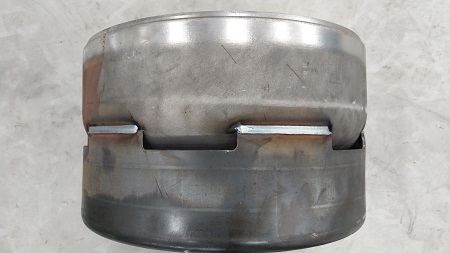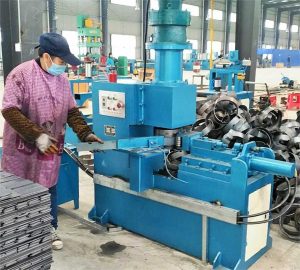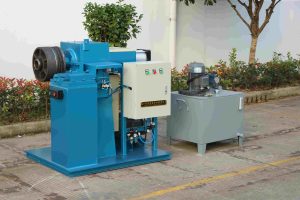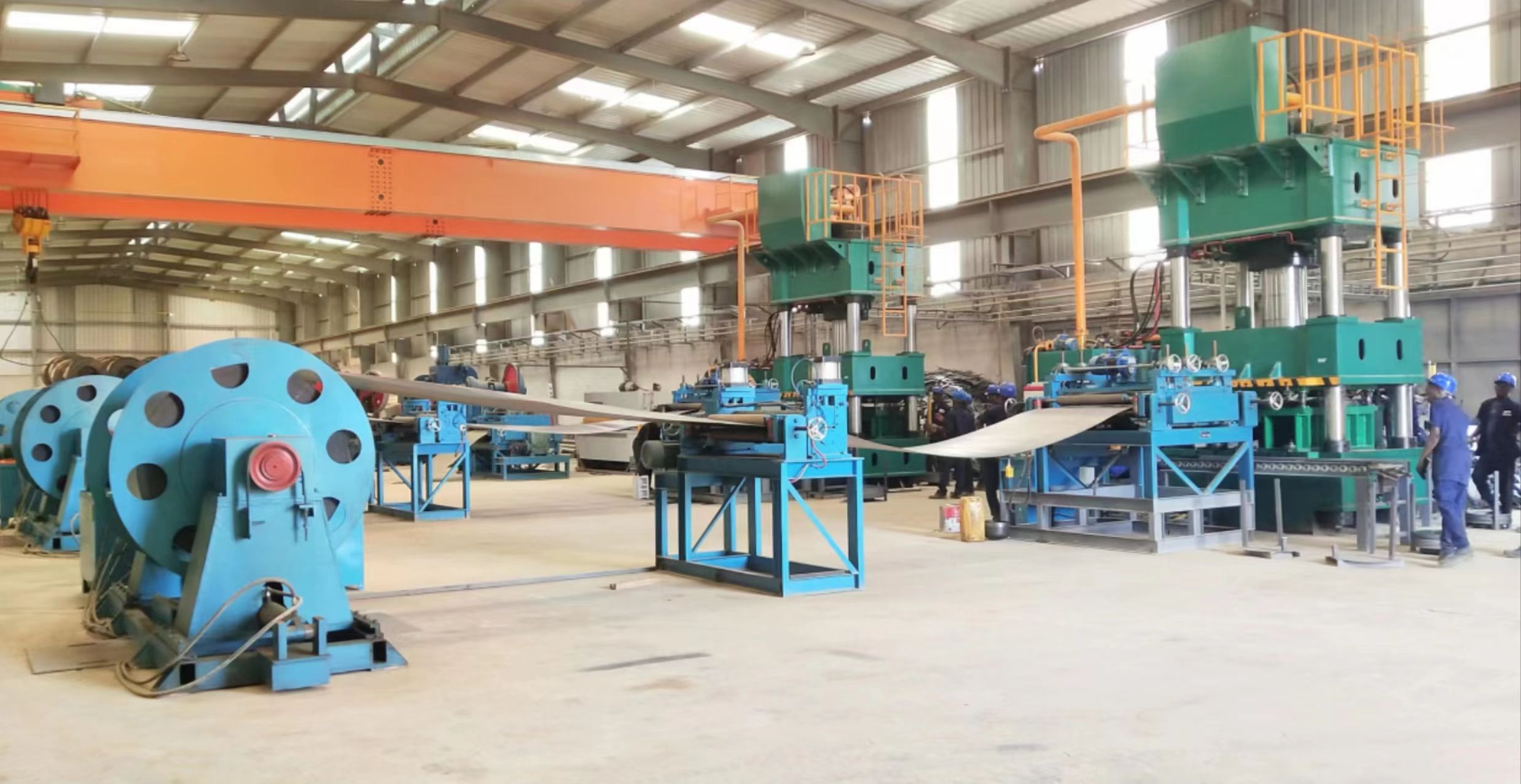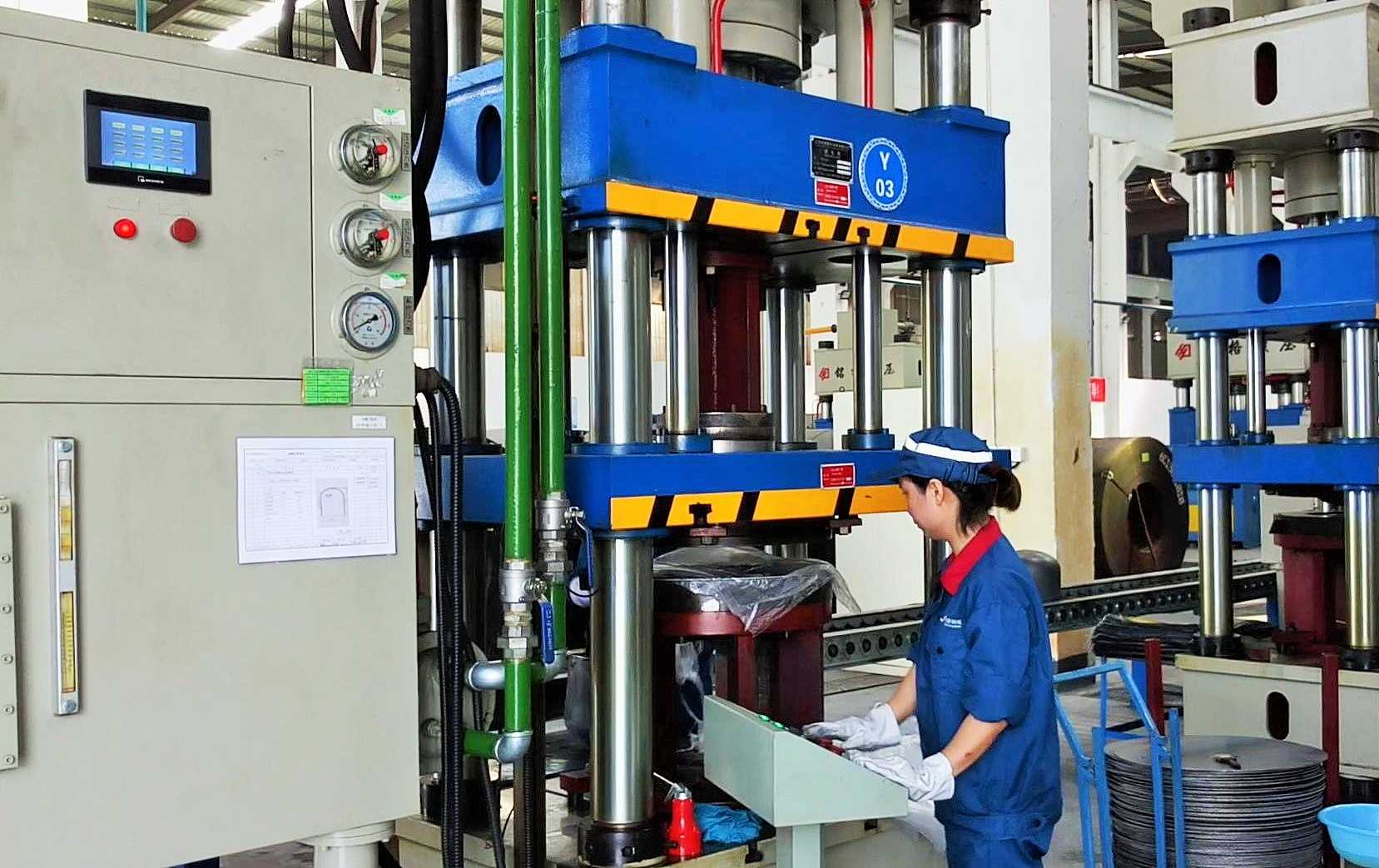1. Equipment Overview
The liquefied petroleum gas cylinder base welding equipment is a highly efficient and specialized device specifically designed for the automatic welding of LPG cylinder bases and cylinder bodies. This equipment adopts advanced welding technology and intelligent control system to ensure stable and reliable welding quality, meeting the requirements of relevant standards such as GB/T 5842-2023 “Liquefied Petroleum Gas Cylinders” and ISO 22991, and is suitable for large-scale industrial production.
________________________________________
2. Equipment Structure and composition
This device is mainly composed of the following core modules:
1. Frame and transmission system
The equipment adopts a high-strength steel structure frame to ensure stable operation and strong anti-vibration ability.
It is equipped with a high-precision rotating mechanism driven by a servo motor, which enables the gas cylinder to rotate at a uniform speed and ensures the uniformity of welding.
2. Clamping positioning system
Pneumatic/hydraulic fixtures are adopted to adapt to gas cylinders of different specifications (15kg, 50kg, etc.), ensuring that the base is precisely aligned with the cylinder body (error ≤±0.15mm).
Fixtures can be configured according to the specifications of the gas cylinders. By changing the fixtures, various specifications of gas cylinders can be welded to the base universally.
3. Welding system
Welding methods: MIG (Metal Inert Gas Welding), MAG (Active Gas Welding) or TIG (Tungsten Inert Gas Welding) are available for selection. It is suitable for welding carbon steel (Q235B) or stainless steel (304) shields.
Welding power supply: Digital inverter welding machine is adopted, with stable output. It can precisely control the current (100-350A), voltage (18-32V) and wire feeding speed (2-12m/min).
o welding torch mechanism: Equipped with an air-cooled welding torch, it supports multi-angle adjustment to ensure full coverage of the weld seam.
4. Automated control system
o PLC+ touch screen: It realizes the storage of welding parameters, program invocation and fault diagnosis, and supports the switching of multiple sets of formulas.
Human-machine Interface (HMI) : Visual operation panel, which displays real-time data such as welding speed, temperature, and gas flow rate.
5. Safety and Environmental Protection systems
o gas protection: Equipped with a high-precision flowmeter to ensure a constant ratio of Ar/CO₂ mixed gas (typically 80%Ar+20%CO₂), preventing weld oxidation.
Safety protection: Protective covers, emergency stop buttons and leakage protection are installed to avoid operational risks.
________________________________________
3. Workflow
1. Feeding and positioning: The gas cylinder and the base are placed in the fixture manually or by a mechanical hand. The system automatically clamps and corrects the position.
2. Welding execution: The PLC controls the start of the welding torch, and the cylinder rotates at a constant speed to complete the circumferential seam welding between the base and the cylinder body (single or multiple welds).
3. Cooling inspection: After the welding is completed, automatic air blowing cooling is carried out, and a preliminary appearance inspection (such as weld height and continuity) is conducted.
4. Material cutting and sorting: Qualified products flow into the next process, while unqualified products are marked and enter the rework process.
________________________________________
4. Technical parameters
Project parameters
Applicable to standard LPG cylinders with specifications ranging from 3KG to 50KG, etc
Welding speed: 200-600mm/min (adjustable)
Welding thickness: 2-6mm (base and bottle body)
Power input: 380V/50Hz, three-phase five-wire system
Equipment power: 0.55KW (depending on the welding process)
Production efficiency: 50-100 pieces per hour (depending on weld requirements)
________________________________________
5. Quality Assurance
• Weld seam inspection: Through X-ray flaw detection (RT) or ultrasonic testing (UT), ensure there are no defects such as pores, slag inclusions, or incomplete fusion.
• Strength test: Tensile tests are conducted by sampling. The tensile strength of the weld seam should be ≥ 90% of the base material.
• Air tightness test: Helium mass spectrometry leak detection or hydrostatic test, leakage rate ≤0.1Pa·m³/s.
________________________________________
6. Application Scenarios
• LPG cylinder manufacturing plant: Used for welding the base of new cylinders.
• Cylinder inspection station: Base replacement or repair welding.
• Special container production: Suitable for other metal containers that require circular welding.
________________________________________
7. Optional configuration
• Robot welding unit: Upgraded to a six-axis robot collaboration to achieve synchronous welding at multiple stations.
• Laser weld seam tracking system: Real-time correction of the welding path to enhance the accuracy of complex structures.
• Double-station design: Alternating loading and unloading, efficiency increased by 40%.
8. Customized Services:
Personalized solutions can be provided based on customer demands. Specific parameters and functions can be adjusted according to the actual equipment configuration to meet the process requirements of different customers.



